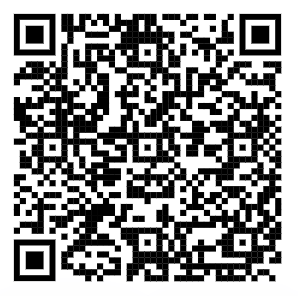Parents/students, feel free to scan this code at Parent Teacher Interviews, to learn more about the course!
What is COL?
– COL (Coquitlam Open Learning) is designed to provide technology-enabled learning for high school credit courses. Therefore, COL is specifically an umbrella term for the course you will be taking!
What is ADL?
– ADL (Applications of Digital Learning) is a grade 10 course that you will receive credits for after showing that you have the ability to efficiently and effectively navigate the digital technologies required to accomplish specific goals and tasks within your various classes.
_____________________________________________________________________
Course Outline
ADL10 – Course Outline
Course Goal
Primarily, the goal of digital literacy is that individuals are able to effectively use the correct digital tool at the right time for the right purpose behaving ethically, and responsibly protecting the personal security and privacy of themselves and others.
Rationale
In the 21st century, it is imperative for citizens to be digitally fluent in order to be successful contributors to their community and society. As existing and new digital technologies have become integrated into daily lives for social purposes, learning purposes, and community purposes, digital fluency is a requirement for full self-expression and participation in society. Digital fluency is defined as the ability to create, comprehend, edit, and utilize digital technologies presented through multiple formats to satisfy an intended purpose. There are 5 “fluencies” in which we are helping students develop skills: information fluency, solution fluency, creativity fluency, collaboration fluency, and media fluency. These are all tied together with the notion of students contributing digital citizens.
The expectation is that the course will not be taught in a linear fashion but outcomes will be integrated throughout learning activities in this course or integrated within other courses and once mastered, are expected to be applied across learning environments/contexts and curricular areas – integration and relevant application are paramount. It is of particular importance that the ethical uses of information – copyright, privacy, plagiarism and digital citizenship are at the forefront throughout the teaching of this course.
Components for students to complete as part of this course
The expectation is for students to attend Riverside’s Digital Bootcamp, initiate their blog, personalize their blog theme, complete their “About Me” page, learn to navigate the Edublog Reader, learn to create, tag, and categorize a post, and learn to embed and upload to their blog. This is completed before and during Focus 1.
Focus 1 – Digital Footprint
– 20% – Digital Footprint
Focus 2 – Information/Solution Fluency (SCIENCE RELATED Assignment)
– 15% – Assignment 1 Science
– 15% – Assignment 2 Science
Focus 3 – Creativity/Media Fluency (ENGLISH RELATED Assignment)
– 15% – Assignment 1 English
– 15% – Assignment 2 English
Focus 4 – Community Connection
– 20% – Community Connection
Total = 100 %